Project proposal for Fall 2023 Introduction to Public History Seminar.
Introduction/Question:
The Emergence of Women in American Society:
Fannie Barrier Williams and “The Smaller Economies”
This project will focus on the roles of women in American society over time. By examining a woman’s place in society during the Victorian era, one key question this project will explore is how the roles of women have shifted in American society. More specifically, how has the role of women shifted since the Victorian era in America? The key theme for this project is social standing in the form of gender. However, I would also like to look at how race has affected the role of women over time as well.
Abstract:
This project will examine the changing roles of women in American society since the Victorian era. Specific emphasis will be placed on gender roles. Additionally, how race affected the shift for women in American society. The project will provide an important aspect of American history by examining the changing roles of women and how this change has looked over time. Emphasis will be placed on the initial belief of the “cult of domesticity” during the Victorian era. Additionally, this project will highlight cultural and societal changes such as the Women’s Suffrage Movement, the passing of the Nineteenth Amendment, and the Women’s Liberation Movement. The idea builds off of Fannie Barrier Williams’s essay titled “The Smaller Economies.” In her 1904 essay, Williams discusses the importance of pushing for a change in the role of women in society. By examining the role of women in the home, Williams encourages women to utilize their domestic skills to attain success within society, especially in understanding the “economies.” Williams states, “In her home there can be no such thing as economy and a rainy day bank account. No extra dollar for a good book, a bright picture or legitimate and healthy-giving recreation. ‘She doesn’t know how to save,’ is the worst indictment that can be brought against a self-respecting wife and mother.” Managing the home was a woman’s role in the Victorian era. Understanding the functions of the home and using the skills that were necessary to manage the home would have been important for women who wished to advance in society. This project will be an example of a public history display in the form of a website which will be designed to take the audience on a journey through the societal role and importance of women over time. The goal is to provide images and text that will allow for a deeper understanding of the theme and ideas. The intended audience for the website would be anyone who wishes to learn more about the shifting roles of women and what that has looked like in American history. This could include students, historians, young people, experts, people interested in social justice, etc. Anyone who would like to further their understanding of the role of women and how these roles have changed over time.
Narrative:
The Victorian era was a period of American history that experienced many changes to technology, society, and transportation. The period of history is often referred to as taking place from around 1837 until the early 1900s, even sometimes believed to take place until the beginning of World War I. The Victorian era was a period of set social standards, proper etiquette and morals, and women’s domesticity. Fannie Barrier Williams was a black woman who lived from 1855-1944. Her life provides insight into the Victorian era and what it was like to live in America at this time as a black woman. This public history project will be a website designed to highlight the achievements and life of Fannie Barrier Williams as an example of what it was like to live in America as a woman during the Victorian era. This project will focus on exhibiting the change over time in the role of women and the expectations of society. This is based on the main question which asks: how has the role of women shifted since the Victorian era in America?
Due to Victorian-era social standards that dictated women staying at home and doing domestic work and caring for the family, this project aims to argue that the roles of women have drastically shifted since Fannie Barrier Williams’s life in the later years of the Victorian era and beyond. This website-based public history project will attempt to educate the public through interactivity to provide knowledge about the change in roles for women over time. In addition to the main argument focused on shifting roles and opportunities for women, this project will also attempt to highlight the effects of race on these roles and opportunities. While the main argument for the project will focus on gender, race is also an important theme when examining the progress of women since the Victorian era. Fannie Barrier Williams provides a unique perspective about the class of black elite during the Victorian era.
The materials needed for a website-based project dealing with the shifting roles of women in American society would be fewer physical materials and more digitally accessible materials. Firstly, this project will need access to information about the life and legacy of Fannie Barrier Williams. Additionally, the project needs to be built using a website generator. WordPress is one example of how to generate a website. The project would also need to include images of Fannie Barrier Williams as well as other women who lived during the Victorian era and could aid in the further development of the main theme for the project. The Project could also include important dates and historical context which would help the audience understand the importance of the theme and arguments made by the project. There would also have to be some kind of interactive component of the website which would allow the audience to see the information in a unique way. This can be done using Knight Lab’s Timeline.js or Storymap.js.
The intended audience for the website would be anyone who wishes to learn more about the shifting roles of women and what that has looked like in American history. This could include students, historians, young people, experts, people interested in social justice, etc. Anyone who would like to further their understanding of the role of women and how it has changed over time. This audience would make up the “public” of this project. The audience could be many types of people because the idea for the website would be that it would be easily accessible and not specific to a certain kind of people. The project would be designed to educate a wide variety of people and would aim to connect different people to the shared purpose and argument of the project. Due to the website being an online-based project, this does have the potential to be a barrier for some people in terms of access to the project. You need an internet connection and some kind of device that has access to the internet to view this project. However, the project itself would be designed to allow a shared understanding across a wide variety of audiences.
Literature Review:
The life of Fannie Barrier Williams is the main driving force behind this project. Due to the time period in which Williams lived her life, her own writing is crucial to understanding the role of women and the historical context. Williams’s 1904 essay titled “The Smaller Economies” exemplifies the changing atmosphere of the roles of women during Fannie Barrier Williams’s time. Williams attempts to shed light on the importance of domestic work as a gateway to gaining the necessary skills to advance in a society that was dictated by Victorian ideals. In addition to this essay, Williams’s essays titled “The Need for Social Settlement Work for the City Negro” and “The Problem of Employment for Negro Women” provide additional information into the progress of women and the changing roles of women that were emerging. Wanda Hendricks’s “Introduction” in Fannie Barrier Williams: Crossing the Borders of Region and Race as well as Mary Jo Deegan’s “Fannie Barrier Williams and her Life as a New Woman of Color in Chicago, 1893-1918” provide biographical information about Fannie Barrier Williams which aides in the understanding of her life and work in the public sphere. Ellen M. Plante’s Women at Home in Victorian America: A Social History provides relevant historical context about the Victorian era and the expectations of women at the time. Rebecca M. Blank’s “The Role of Part-Time Work in Women’s Labor Market Choices Over Time” highlights the changes in women’s employment and thus, their role in society, from a data standpoint. Additionally, Kay Boardman’s “The Ideology of Domesticity: The Regulation of the Household Economy in Victorian Women’s Magazines” examines Victorian domesticity for women and the economic expectations for women at the time. Anne Meis Knupfer’s “‘If You Can’t Push, Pull, If You Can’t Pull, Please Get Out of the Way’: The Phyllis Wheatley Club and Home in Chicago, 1896 to 1920” examines a topic that was important to the life of Fannie Barrier Williams—settlement houses. This source provides information on the types of resources that were available to help advance women in society during the Victorian era. Other sources that are important for this project give insight into the method of using a website to display public history. Ward Mitchell Cates and Paige Hawkins Mattke’s “Open Educational Recourses on U.S. Public History Websites: Implications for Designers and Developers” as well as Thomas Cauvin’s Public History: A Textbook of Practice implement knowledge related to the area of public history and are beneficial to the development of a website aimed at displaying public history. Furthermore, Chersitn M. Lyon, Elizabeth M. Nix, and Rebecca K. Shrum’s “Introducing Public History” notes the different kinds of “publics” that public history applies to and the methods that can be used to reach those audiences.
Workplan:
If this proposal is funded, the project will be completed in multiple steps. First, there would be a preliminary design phase in which multiple templates, designs, and ideas would be taken into account. Then there would be a phase in which the chosen design/template would be tried out. This would be done by adding information to the template to see if it would look nice and fit with the content of the project. After this, there would be somewhat of a trial phase in which the interactive aspect of the website along with all of the added materials and information is added to the website and allowed access by a few people. This would allow for any flaws, mistakes, or confusion to be handled before the release to the public. Finally, after this, the website could be edited, fixed, and finalized to be released online to anyone who wishes to learn more about Fannie Barrier Williams and the impact she made and the subsequent advancement of women in society since the Victorian era.
Budget:
Due to there being fewer physical materials and instead, more digital materials for this project, the costs would vary depending on a few things. Creating a website can add up in terms of expenses. However, many sites offer trials when initially starting the design process for a website. Additionally, it would cost money to develop and design a website depending on the complexity and scale of the website. It would also cost money to pay the consultants such as developers, researchers, designers, and project managers. Also important is taking into account the costs for any tools, software, or special features. The final product would likely be at least a few thousand dollars.
Consultants:
Specific people that would be useful for the creation of this public history project would be historians, web designers, and IT experts. These people would be helpful in the creation of a website because they could provide the necessary information, resources, and assistance for a project that would be designed on the internet. Researchers, project managers, accessibility consultants, and social media consultants would also be beneficial for this project. They could ensure that the correct type of information is made available to the public in a way that is easy to comprehend. All of these individuals would be helpful for an educational project aimed at targeting the public.
Issues and Concerns:
The “budget” and “consultants” sections of the proposal still need additional work. These two specific sections are a struggle for me because I’m having a hard time imagining what would be needed for a project like this since I have chosen a digital rather than a physical format.
Bibliography:
Cauvin, Thomas. Public History: A Textbook of Practice. New York: Routledge, 2016.
Deegan, Mary Jo. “Fannie Barrier Williams and Her Life as a New Woman of Color in Chicago, 1893-1918.” In The New Woman of Color: The Collected Writings of Fannie Barrier Williams, 1893-1918, by Fannie Barrier Williams, xiii-lx. DeKalb: Northern Illinois University Press, 2002.
Hendricks, Wanda A. “Introduction.” In Fannie Barrier Williams: Crossing the Borders of Region and Race, 1-8. Urbana: University of Illinois Press, 2013.
Lyon, Cherstin M., Elizabeth M. Nix, and Rebecca K. Shrum. “Introducing Public History.” In Introduction to Public History: Interpreting the Past, Engaging Audiences. 1-16. New York: Roman & Littlefield, 2017.
Plante, Ellen M. Women at Home in Victorian America: A Social History. New York: Facts on File, Inc., 1997.
Williams, Fannie Barrier. “The Need of Social Settlement Work for the City Negro.” In The New Woman of Color: The Collected Writings of Fannie Barrier Williams, 1893-1918, ed. Mary Jo Deegan, 108-112. DeKalb: Northern Illinois University Press, 2002.
Williams, Fannie Barrier. “The Problem of Employment for Negro Women.” In The New Woman of Color: The Collected Writings of Fannie Barrier Williams, 1893-1918, ed. Mary Jo Deegan, 52-57. DeKalb: Northern Illinois University Press, 2002.
Williams, Fannie Barrier. “The Smaller Economies.” In The New Woman of Color: The Collected Writings of Fannie Barrier Williams, 1893-1918, ed. Mary Jo Deegan, 90-91. DeKalb: Northern Illinois University Press, 2002.
Digital Assets:
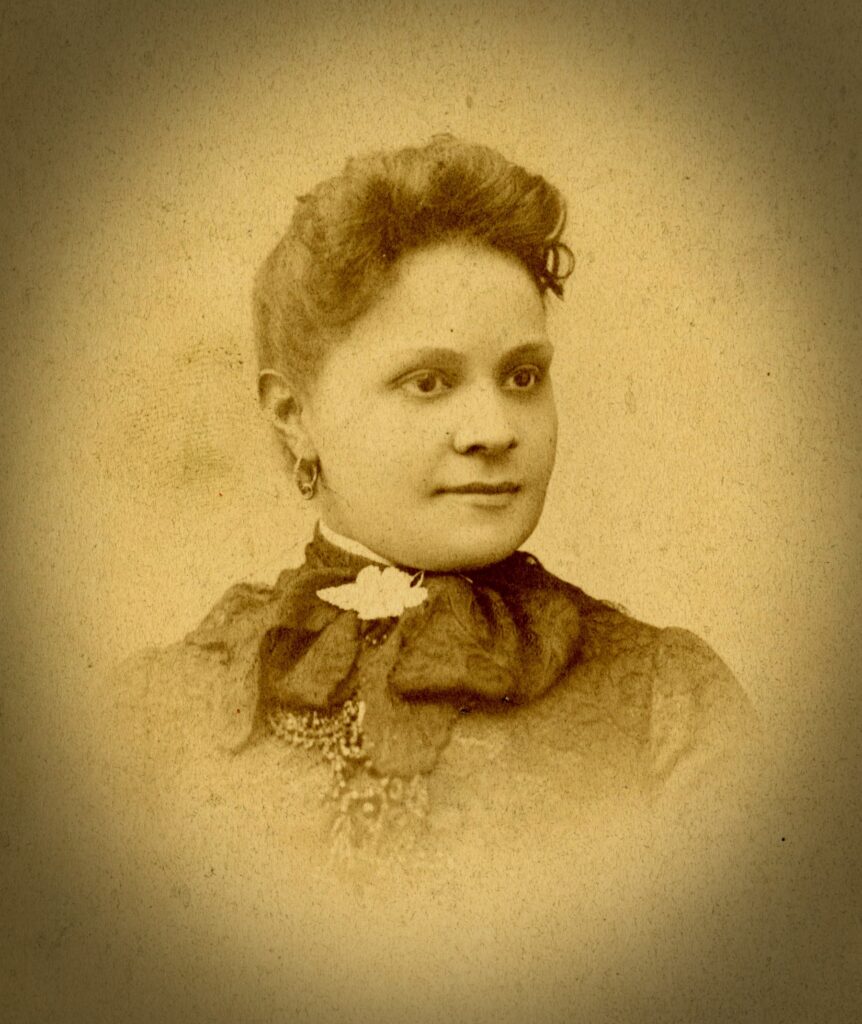
Fannie Barrier Williams, ca. 1902, Public Domain.
This image of Fannie Barrier Williams will be useful to give the audience context about Williams and familiarize them with her.

Alvan S. Harper Collection/State Archives of Florida.
This image, circa 1890 depicts a black Victorian woman and would be useful for this public history project because it would provide historical context into the role of black women in the Victorian era.
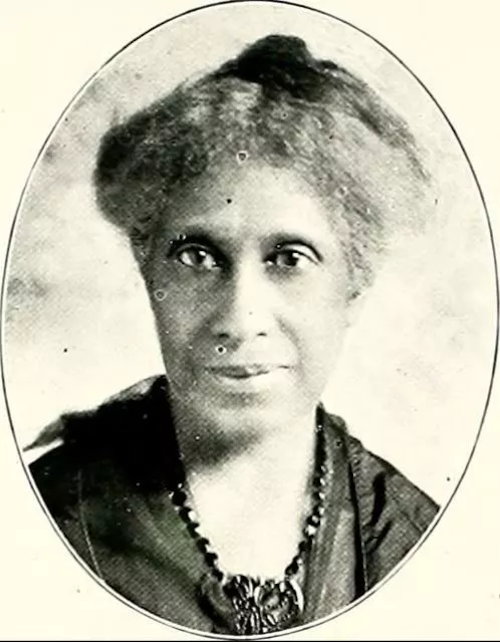
Photograph of Elizabeth Lindsay Davis, University of Illinois at Chicago.
This image is important for the website because it is an example of women in the 1920s making strides to promote better lives for other women in the form of settlement houses. Fannie Barrier Williams was active in settlement houses as well. This photo provides further insight into the shifting role of women over time.
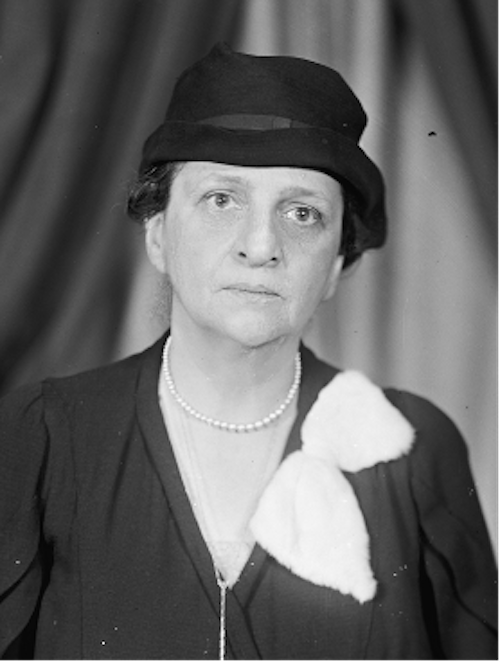
Frances Perkins, 1905, Public Domain.
Frances Perkins was the first woman to serve as a cabinet member for a presidential administration. Perkins was the Secretary of Labor under Franklin Delano Roosevelt in the 1930s and 1940s. This image is important because it highlights the shift in women’s opportunities over time.
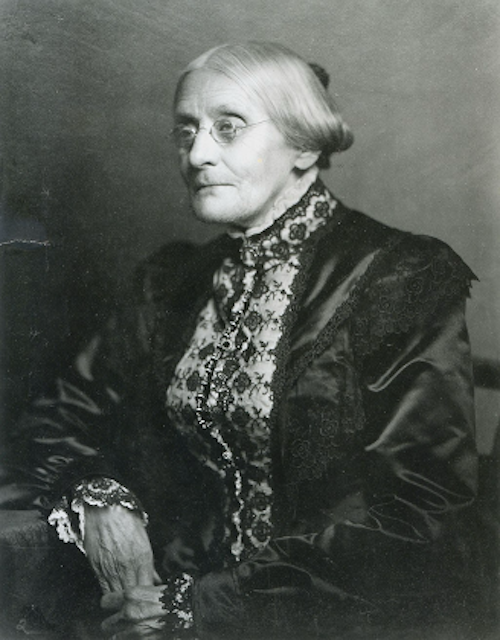
Susan B. Anthony, Public Domain.
Susan B. Anthony was another example of a local historical figure. She was a leading member of the women’s suffrage movement. This image is important because it demonstrates women emerging to have larger roles in society over time.
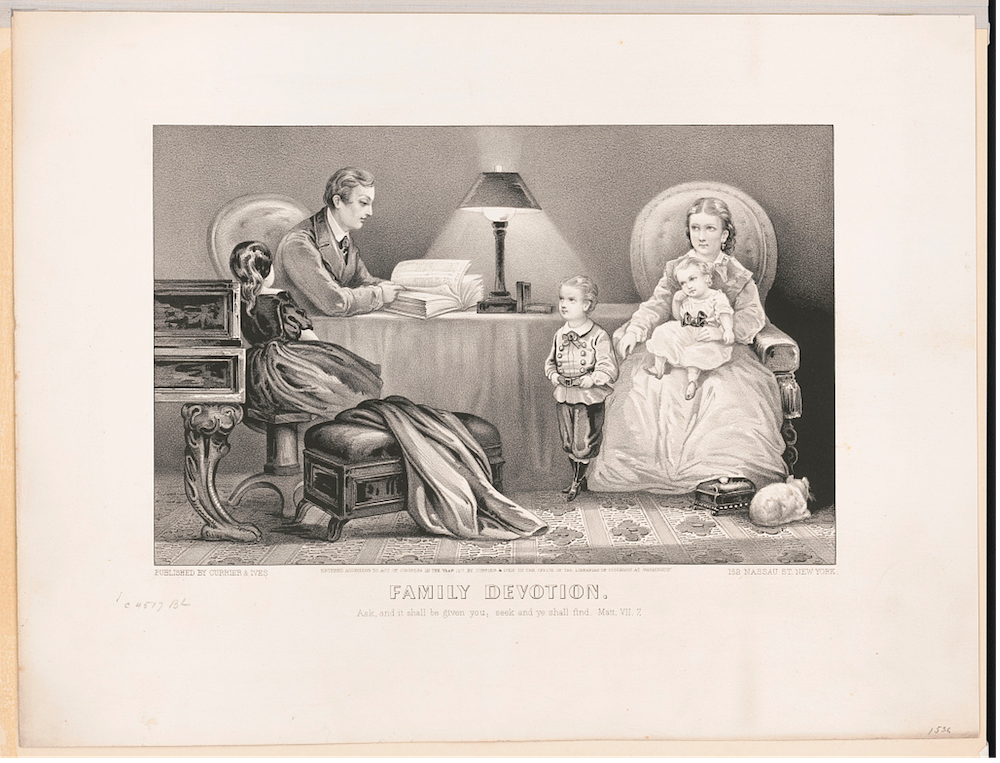
This lithograph exemplifies the home life during the Victorian era.
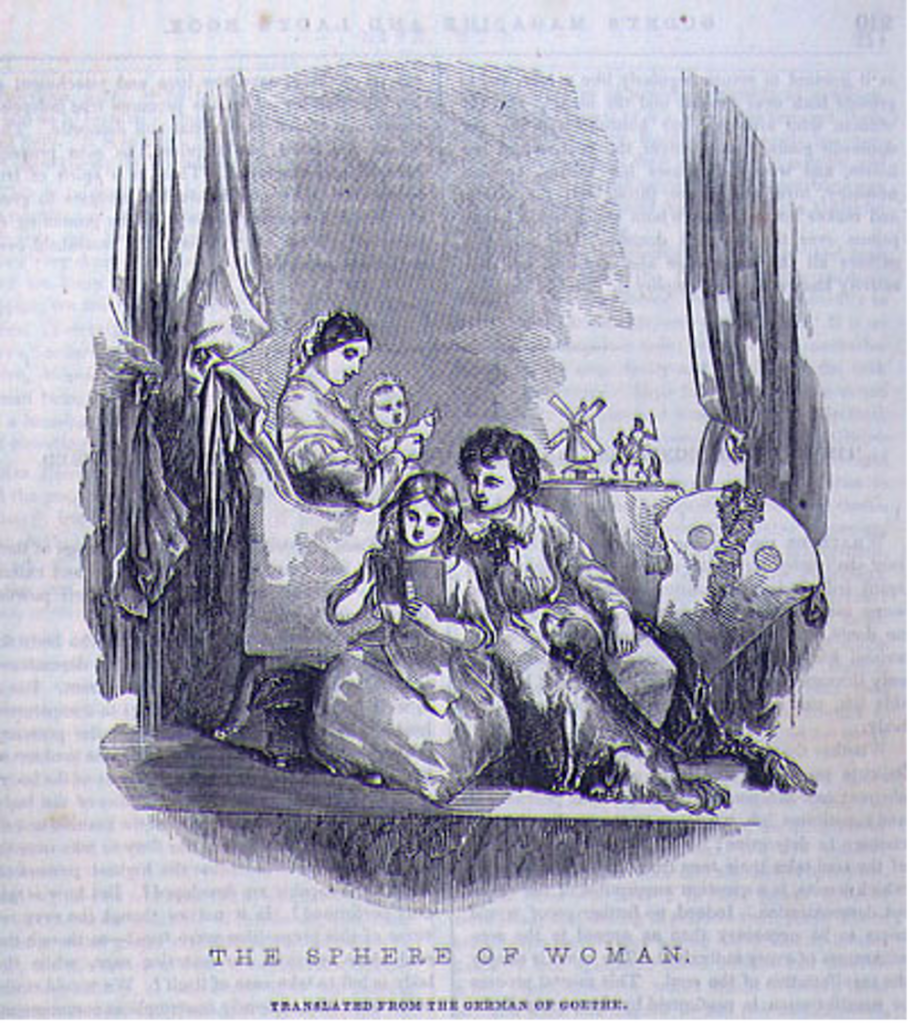
This illustration from Godey’s Lady’s Book is a good example of the expectations of women living in the Victorian era.